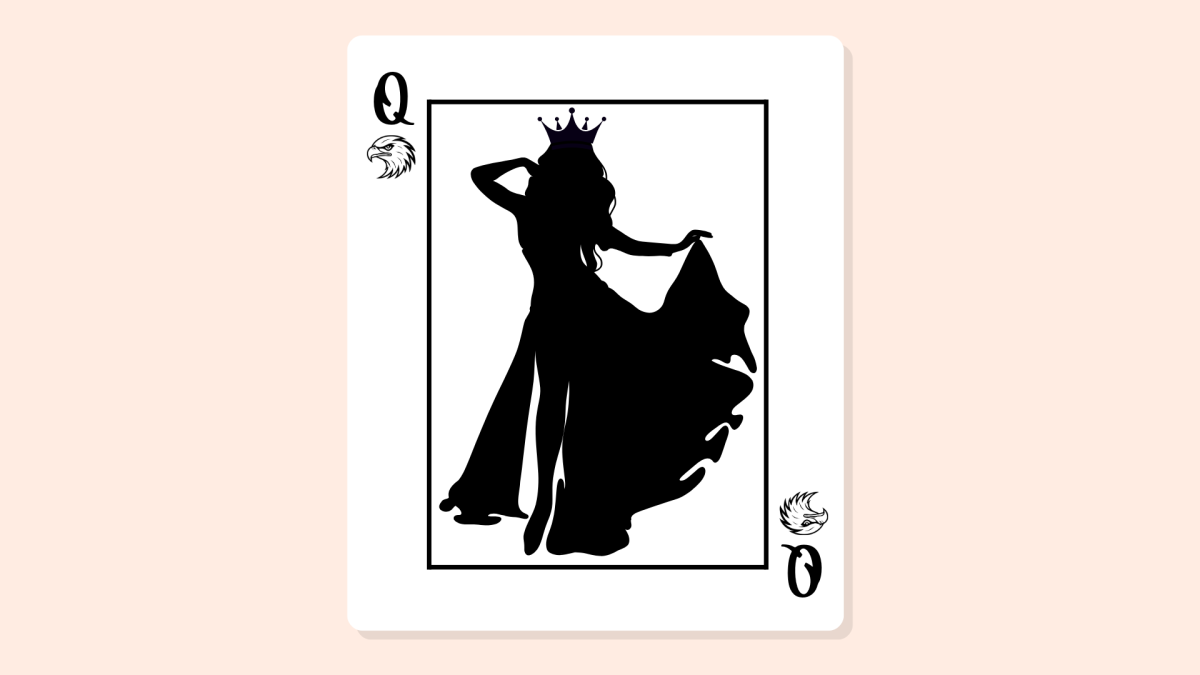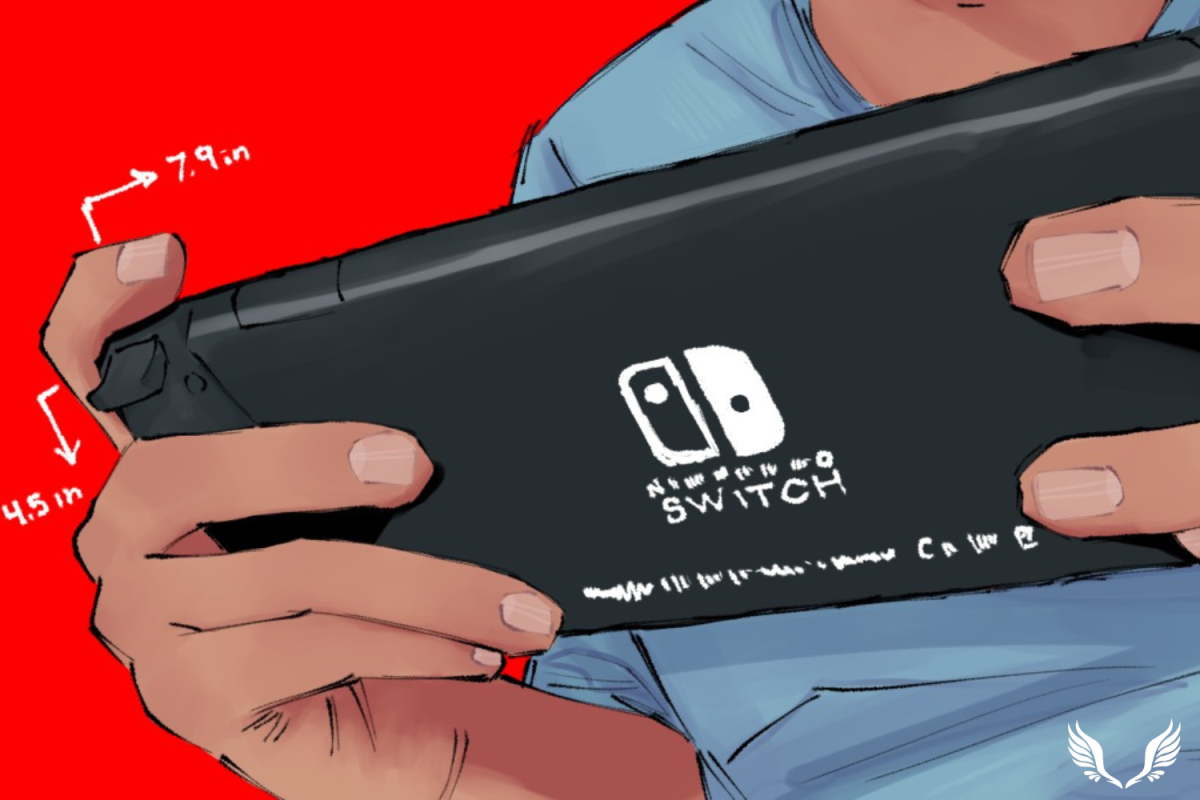As season 2 of “Squid Game” approaches, viewers are starting to get antsy. Some are concerned about the dreaded sophomore slump—“What if they ruin the second season?” But for others, the time between seasons has led to other problems: “It’s been so long. What even happened in the first one?”
To save you the trouble of having to cram in a re-watch of the entire first season, I’ve instead compiled a list of the major events that happened along with a deep dive into the meaning behind the series so far. Catch up now before jumping into Season 2.
Season 1 Recap
The first episode of “Squid Game” alone has you wanting to take a hot shower afterward, hoping to wash off the horrors you just witnessed. This feeling continues throughout the rest of the series, making you cover your eyes in some scenes and on the edge of your seat for others. So, how does the show excel at creating this terrified feeling? The overall premise plays a large role.
Our story follows Seong Gi-hun (Lee Jung-Jae), a poor South Korean man in severe debt. He, along with 455 other penniless competitors, is given the opportunity to compete in six “games” to win money. It’s important to remember that the prize money would amount to 45.6 won, or 31 million dollars in the end—plenty of money to pay off, or make a dent in, the winner’s debt. However, being eliminated from the games comes with major consequences.
The first game, “Red Light, Green Light,” teaches this concept quickly. As the first round finishes with a resounding “Red light!” those who continued moving after the signal were shot and killed on the spot. Shocked, many of the remaining players panicked and ran, resulting in additional deaths.
The rest of the competitors kept their composure, continuing to play the game in hopes of making it past the finish line before the five-minute timer ended. Those who didn’t were also killed, ending the first game with over 200 deaths.
Suddenly, the stakes were raised in the games, and many of the remaining players failed to meet them. They voted to quit playing, and the games were over—simple as that, right? Not so much.
After everyone had gone home, 187 players chose to return, continuing the games. Childhood classics were twisted into nightmare fuel, resulting in bloody versions of tug of war, marbles, glass stepping stones, and more. However, it wasn’t as simple as surviving a few games. As the series progresses, other characters are introduced and developed. Allies and enemies form, and players start stepping on others to get ahead.
Han Mi-nyeo (Kim Young), another game competitor, demonstrates this tactic by having sex with Jang Deok-su (Heo Seong-tae), the leader who bullies others into getting his way. By hooking up with him, she reasoned that he would help her get ahead of the other players. Instead, Jang abandoned her in the next game, hence the “stepping on others.”
Ditching each other was not their only means of getting ahead, though. When the players learned they could kill each other without repercussions, they took full advantage of the opportunity. For example, during “lights out,” or nighttime, contestants ganged up on each other for extra food. According to one of the masked staff members, it was a way of “weeding out the weaklings.” 27 contestants were eliminated that night, a pattern that continued until the last game.
Ironically, Seong and his childhood friend, Cho Sang-woo (Park Hae-soo), are the last two competitors to play in the final game, which caused internal conflict for both contestants. “Do I sacrifice myself?” They’re asking themselves. “Or do I kill him?” The game, as soon revealed, was none other than squid game. However, in the end, Seong came out on top and was deemed the winner, ending the games alongside the season.
Diving Deeper
Despite its more gruesome elements, there are a number of deeper topics the show addresses. Nearly every aspect of the show can be perceived as a metaphor for the current economic status of our world, especially South Korea. According to Medium, “Squid Game” is a “…reflection of the world we live in — a world where economic disparities and societal pressures shape our choices.” Each game, character, and mask has symbolism behind it—making the show more thought-provoking than scary.
For example, the second game, where contestants had to carve out a shape baked into a sugar honeycomb, is a metaphor for “…the precariousness of financial debt.” This idea is reinforced throughout the show as well, as characters alongside Seong struggle to pay off their debt. The third game, tug of war, symbolizes the competitive nature of the financial world. Kang Sae-byeok (Jung Ho-yeon) demonstrated this when she stole money from Seong. This pattern continues for each game and even the character’s decisions.
When the majority voted to end the games, there were players who chose not to return. This represents the majority of the lower-class population who choose to give up, rather than work to pay off their debt. For example, “giving up” could look like committing suicide. According to the Centers for Disease Control, “Financial strain may increase an individual’s risk for suicide.” However, those who chose to return represented the lower-class population that chose to work to pay off their debt, although there are also flaws in the upper-class society.
In the show, those in charge of the games wore masks to hide their identity. This is similar to how many higher-class workers choose to conform to the expectations of their bosses, sacrificing all sense of identity so as not to lose their jobs and status. It acts as a form of dehumanization, similar to how the players in the games are given a number to represent themselves, similar to a statistic in the outside world.
Arguably, these metaphors are what make the show as alluring as it is. Rather than the series relying solely on a unique, disturbing plot, it also has meaning behind it. It shows that the state of the world’s economic system is considerably corrupt, a fact that tends to be overlooked. Hwang Dong-hyuk, the creator of this series, speaks on this.
“The stories and the problems of the characters are extremely personalized, but also reflect the problems and realities of Korean society.”
So, when settling down to watch season two of “Squid Game,” I would encourage viewers to keep these hidden metaphors in mind and even look out for new ones. With any luck, season 2 will continue to focus on inequalities in Korean society while continuing its disturbing plot.
Enjoy the show, and be on the lookout for a review of “Squid Game: Season 2.”






























































